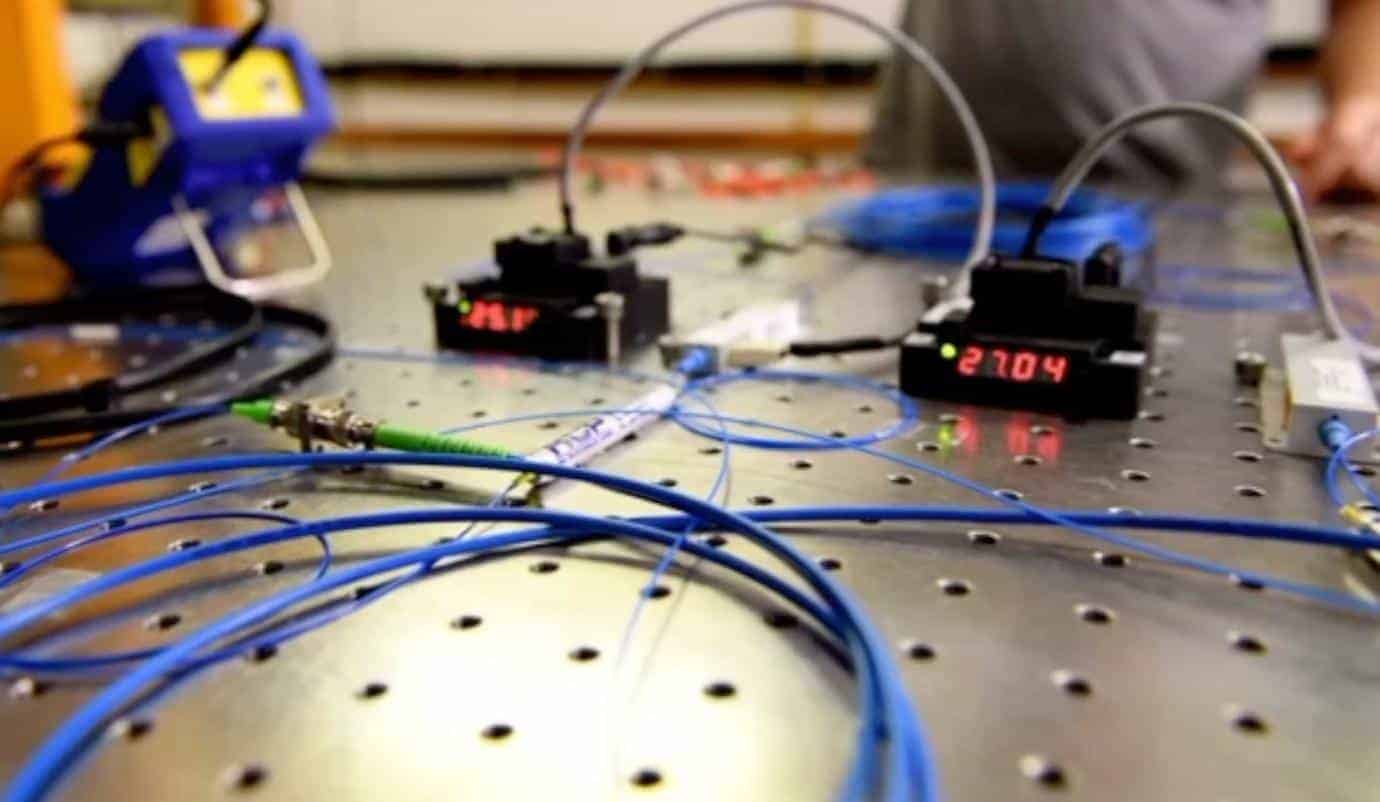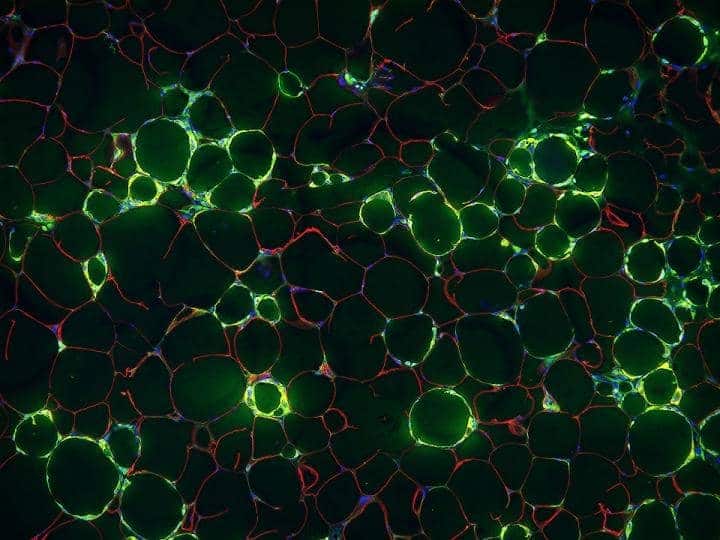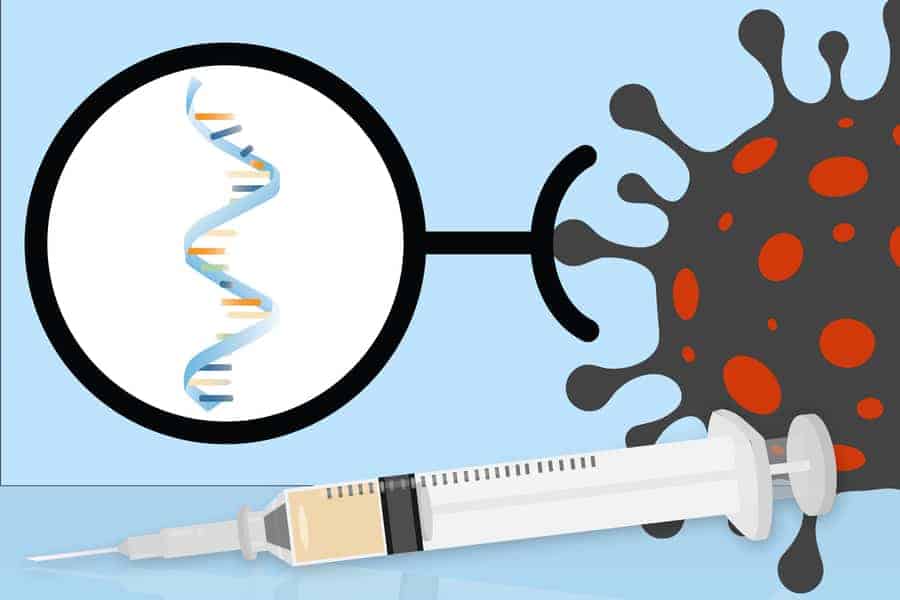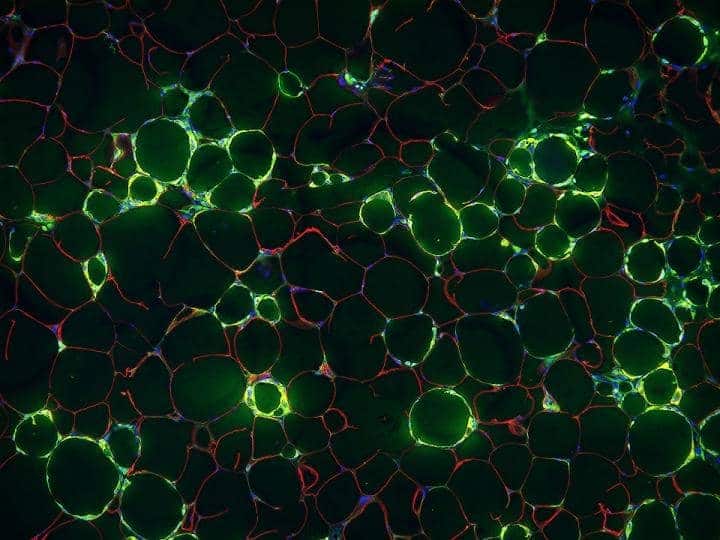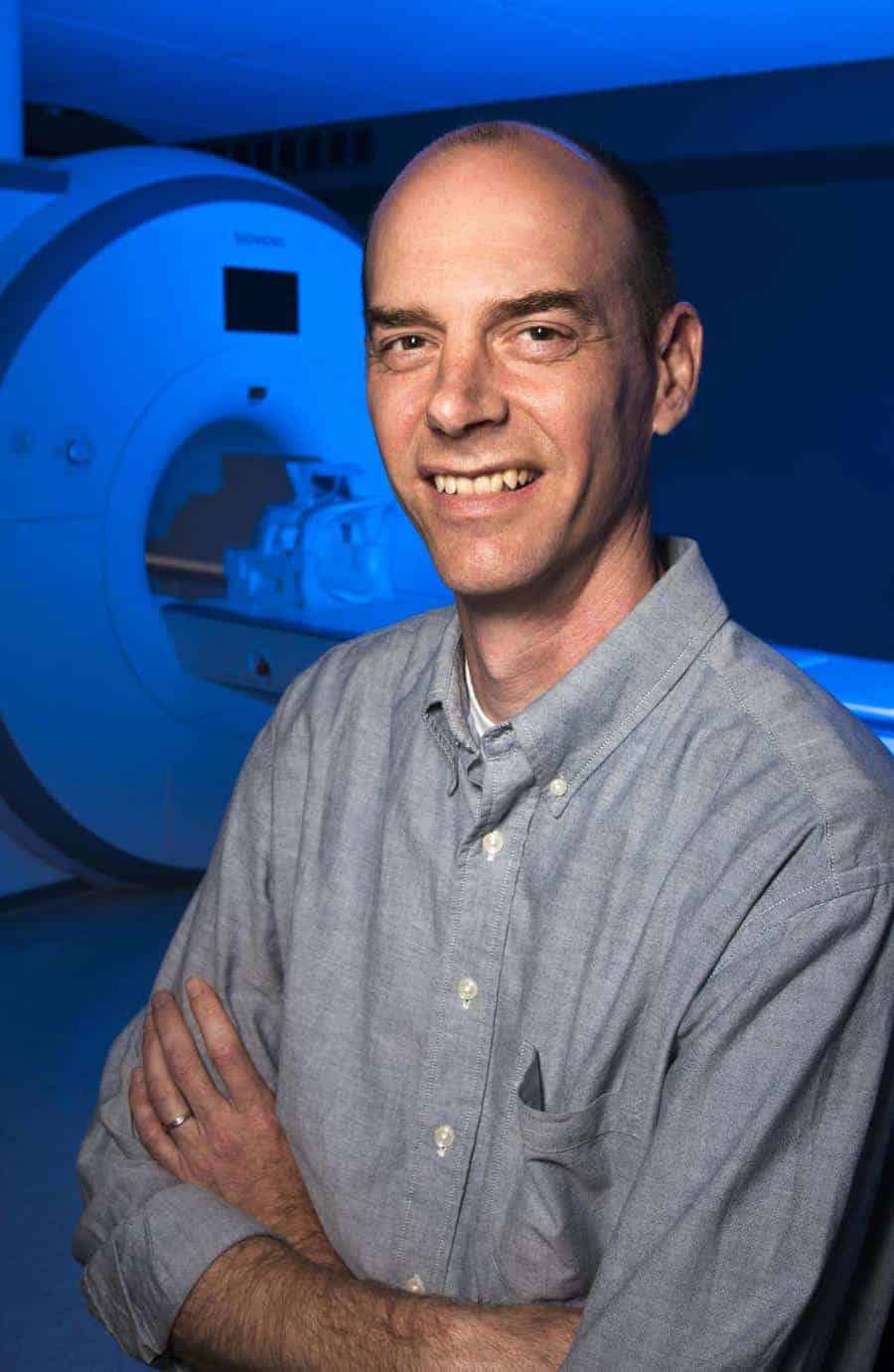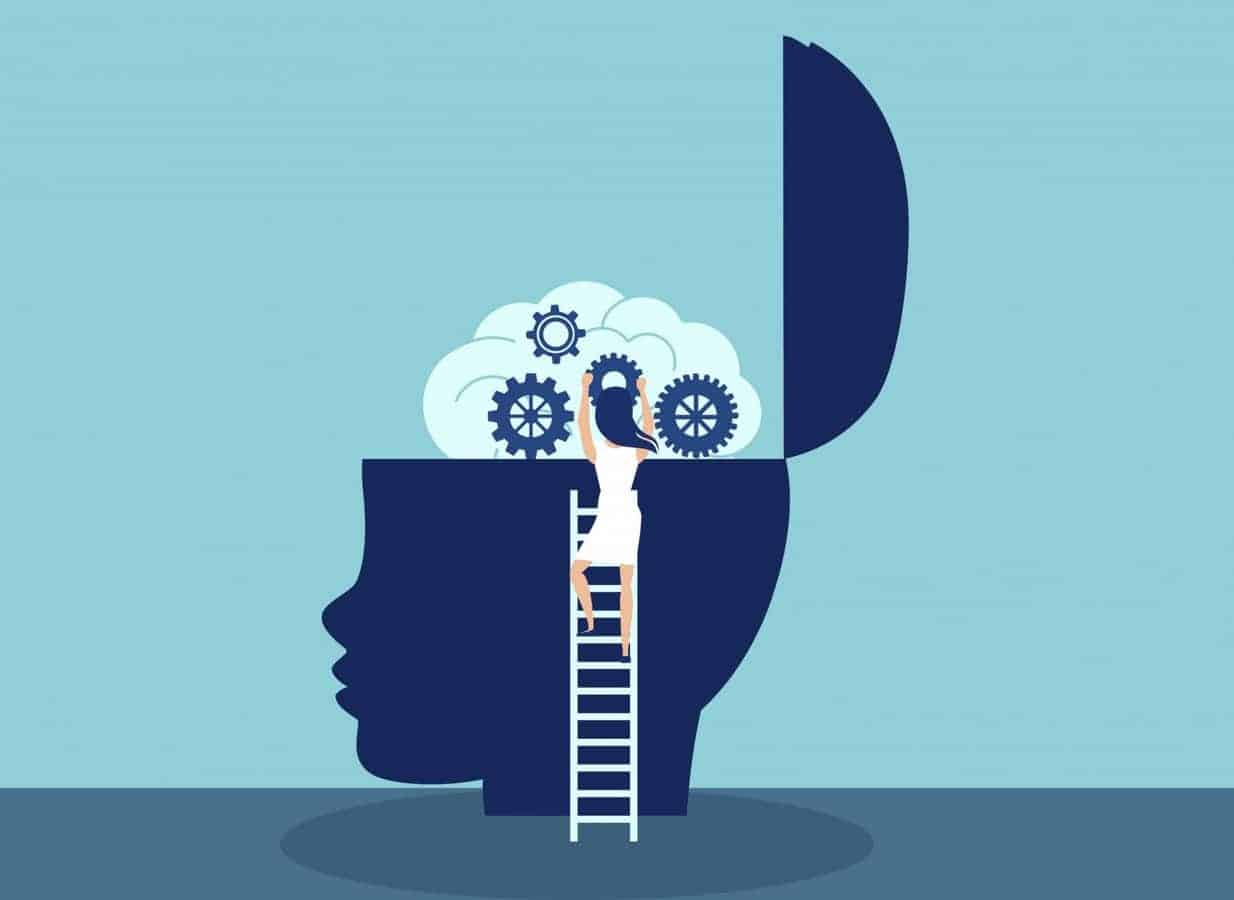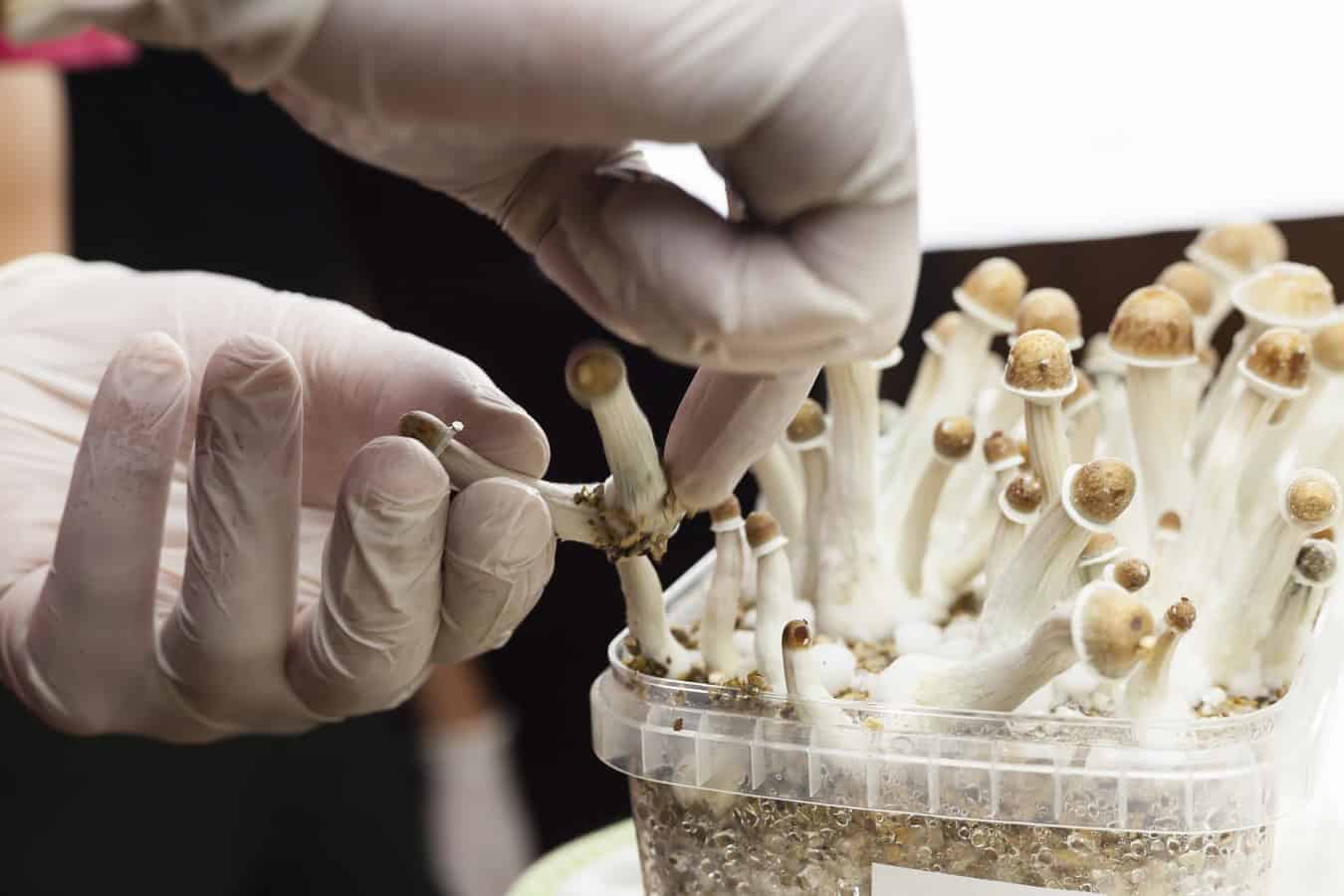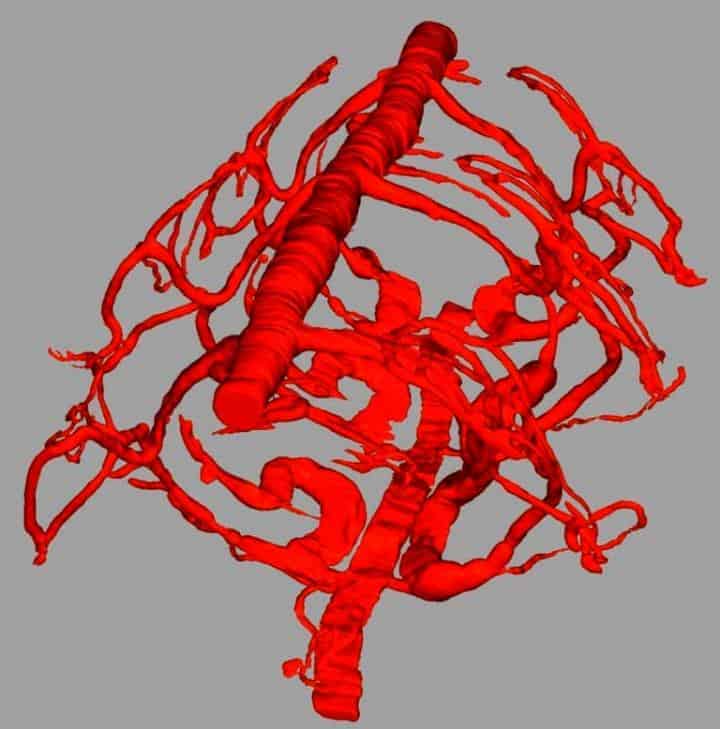
Just as the melody is not made up of notes nor the verse of words nor the statue of lines, but they must be tugged and dragged till their unity has been scattered into these many pieces, so with the World to whom I say Thou. — Martin Buber
We creatures of the 21st Century, grandchildren of the Enlightenment, like to think that our particular brand of rationality has finally established a basis for understanding the world in which we live. Of course, we don’t have all the details worked out, but the foundation is solid.
We might be chastened by the precedent of Lao Tzu and Socrates and Hypatia fof Alexandria and Thomas Aquinas and Lord Kelvin, who thought the same thing. I wonder if the foundation of our world-view is really made of more durable stuff than theirs. In fact, founding our paradigm in the scientific method offers us something that earlier sages did not have: we can actually compare in detail the world we observe and the consequences of our physicalist postulates. The results are not reassuring. In recent decades, the science establishment has willfully ignored observations of phenomena that call into question our foundational knowledge.
Reductionism is the process of understanding the whole as emergent from the parts. The opposite of reductionism is holism: understanding the parts in terms of their contribution to a given whole. It’s fair to say that all of science in the last 200 years has been reductionist. Physical law is the only fundamental description of nature. Chemistry could, in principle, be derived from physics (if only we could solve the Schrödinger equation for hundreds of electrons); living physiology could be understood in terms of chemistry; and ecology could be modeled in terms of individual behaviors.
Curiously, there are holistic formulations of physics that are mathematically equivalent to the reductionist equations, but in practice, physicists use the differential equations, which are the reductionist version.
Biological function is explained by a process of evolution through natural selection that made them what they are. Holism in evolution is called “teleology”, and is disparaged as unscientific. But when features of physics appear purposeful, there is no agreement among scientists how to explain them. Most physicists would avoid invoking a creator or embedded intelligence, even at the cost of telling stories about vast numbers of unobservable universes outside our own. This is the most common explanation for the fact that the rules of physics and the very constants of nature—things like the charge on an electron and the strength of the gravitational force—these things seemed eerily to have been fine-tuned to offer us an interesting universe; most other choices for the basic rules of physics might have produced dull uniformity, without stars or galaxies, without chemistry, without life.
But I am racing ahead of the story. The question I want to ask is whether we are missing something in reasoning exclusively from the bottom up, explaining all large-scale patterns as emergent results of small-scale laws. I want to suggest that this deeply-ingrained pattern of thought may be holding science back. Are there large-scale patterns waiting to be discovered? Are there destined outcomes that help us understand the events leading to a predetermined denouement? Even formulating such questions is controversial; and yet, we see hints pointing in just this direction, both from micro-science of quantum mechanics and from studies of the Universe on its largest scale.
Science is all about observing nature and noticing patterns which might be articulated as theories or laws. When these patterns connect nearby events that can be observed at one time by one person, they are easy to spot. When the patterns involve distant events and stretch over time and space, they may go undetected for a long while. This can lead to an obvious bias. Scientists are more inclined to formulate laws of nature that connect contiguous events than laws that connect events that are separated spatially and temporally, just because these global patterns are harder to see.
The physical laws that were formulated and tested in the 19th and 20th century were all mediated by local action. The idea that all physical action is local was formalized by Einstein, and has been baked into our theories ever since. But there is a loophole, defined by quantum randomness. Roughly speaking, Heisenberg’s Uncertainty Principle says that we can only ever know half the information we need to predict the future from the past at the microscopic level. Is the other half replaced by pure randomness, devoid of any patterns that science might discern? Or might it only appear random, because the patterns are spread over time and space, and difficult to correlate? In fact, the existence of such patterns is an implication of standard quantum theory. (This is one formulation of the theorem about quantum entanglement, proved by J.S. Bell in 1964.) Speculative scientists and philosophers relate this phenomenon to telepathic communication, to the “hard problem” of consciousness, and to the quantum basis of life.
I hope to explore this topic in a new ScienceBlog forum beginning in 2021. Here are four examples of the kinds of phenomena pointing to a new holistic science.
1. Michael Levin and the electric blueprint for your body
We think of the body as a biochemical machine, proteins and hormones turned on in the right places at the right times to give the body its shape. Levin is clear and articulate in making the case that the body develops and takes shape under a global plan, a blueprint, and not just a set of instructions. This is true for humans and other mammals, but it is easier to prove it for animals that regenerate. Humans can grow back part of a liver. An octopus can grow a new leg; a salamander can grow a new leg or tail tail; a zebrafish can grow back a seriously damaged heart; starfish and flatworms can grow back a whole body from a small piece.
Consider the difference between a blueprint and an instruction set. An instruction set says
1. Screw the left side of widget A onto the right side of gadget B.
2. Take the assembly of widget+gadget and mount it in front of doodad C, making sure the three tabs of C fit into the corresponding holes in B
…
A blueprint is a picture of the fully assembled object, showing the relationship of the parts.
Ikea always gives you both. With the instructions only, it is possible to complete the assembly, but only if you don’t make any mistakes. And if the finished object breaks, the instruction set will not be sufficient to repair it. The fact that living things can heal is a strong indication that they (we) contain blueprints as well as instruction sets. The instruction set is in the genome, together with the epigenetic information that turns genes on and off as appropriate; but where is the blueprint?
Prof Michael Levin of Tufts University has been working on this problem for almost 30 years. The answer he finds is in electrical patterns that span across bodies. One of the tools he pioneered is voltage reporter dyes that glow in different colors depending on the electric potential. Here is a map of the voltage in a frog embryo, together with a photomicrograph.

from Levin’s 2012 paper
Levin’s lab has been able to demonstrate that the voltage map determines the shape that the tadpole grows into as it develops. Working with planaria flatworms, rather than frogs, their coup de grace was to modify these voltage patterns “by hand”, creating morphologies that are not found in nature, such as the worm with two heads and no tail.
This is stunning work, documenting a language in biology that is every bit as important as the genetic code. Of course, I am not the first to discover Dr Levin’s work; but it is underappreciated because the vast majority of smart biologists are focusing on biochemistry and it is a stretch for them to step out of the reductionist paradigm.
(I wrote more about Levin’s work two years ago. Here is a video which presents a summary in his own words.)
2. Cold Fusion
Two atomic nuclei of heavy hydrogen can merge to create a single nucleus of helium, and tremendous energy is released. This process is not part of our everyday experience because the hydrogen nuclei are both positively charged and the energy required to push them close enough together that they will fuse is also enormous. So fusion can happen in the middle of the sun, where temperatures are in the millions of degrees, and fusion can happen inside a thermonuclear bomb. But it’s hard as hell to get hydrogen to fuse into helium, and, in fact, physicists have been working on this problem for more than 60 years without a viable solution.
Except that in 1989, the world’s most eminent electrochemist (not exactly a household name) announced that he had made fusion happen on his laboratory bench, using the metal palladium in an apparatus about as complicated as a car battery.
Six months later, at an MIT press conference, scientists from prestigious labs around the world lined up to announce they had tried to duplicate what Fleischmann had reported with no success. The results were un-reproducible. Cold Fusion was dead, and the very word was to become a joke about junk science. Along with the vast majority of scientists, I gave up on Cold Fusion and moved on. 22 years passed. Imagine my surprise when I read in 2011 that an Italian entrepreneur had demonstrated a Cold Fusion boiler, and was taking orders!
The politics of Cold Fusion is a story of its own. I wrote about it in 2012 (not for ScienceBlog). The Italian turned out to be a huckster, but the physics is real.
I began reading, and I became hooked when I watched this video. I visited Cold Fusion labs at MIT, Stanford Research Institute, Portland State University, University of Missouri, and a private company in Berkeley, CA. I went to two Cold Fusion conferences. I became convinced that some of the claims were dubious, and others were convincing. There is no doubt in my mind that Cold Fusion is real.
Physicists were right to be skeptical. The energy for activation is plentiful enough, even at room temperature, but the problem is to concentrate it all in one pair of atoms. Left to its own devices, energy will spontaneously spread itself out— that’s what the science of thermodynamics is all about. To concentrate an eye-blink worth of energy in just two atoms is unexpected and unusual. But things like this have been known to happen, and a few times before they’ve taken physicists by surprise. Quantum mechanics plays tricks on our expectations. A laser can concentrate energy, as billions of light particles all march together in lock step. Superconductivity is another example of what’s called a “bulk quantum effect”. Under extraordinary circumstances, quantum mechanics can leap from the tiny world of the atom and hit us in the face with deeply unexpected, human-scale effects that we can see and touch.
There are now many dozens of labs around the world that have replicated Cold Fusion, but there is still no theory that physicists can agree on. What we do agree is that it is a bulk quantum effect, like superconductivity and lasers. When the entire crystal (palladium deuteride) asks as one quantum entity, strange and unexpected things are possible.
For me, the larger lesson is about the way the science of quantum mechanics developed in the 20th Century. The equations and formalisms of QM are screaming of connectedness. Nothing can be analyzed on its own. Everything is entangled. The quantum formalism defies the reductionist paradigm on which 300 years of previous science had been built.
And yet, physicists were not prepared to think holistically. We literally don’t know how. If you write down the quantum mechanical equations for more than two particles, they are absurdly complex, and we throw up our hands, with no way to solve the equations or even to reason about the properties of the solutions. The many-body quantum problem is intractable, except that progress has been made in some highly symmetrical situations. A laser consists of a huge number of photons, but they all have a single wave function, which is as simple as a wave function can be. Many-electron atoms are conventionally studied as if the electrons were independent (but constrained by the Pauli Exclusion Principle). Solid state physics is built on bulk quantum mechanics of a great number of electrons, and ingenious approximations are used in combination with detailed measurements to reason about how the electrons coordinate their wave state.
Cold Fusion presents a huge but accessible challenge to quantum physicists. Beyond Cold Fusion lie a hierarchy of problems of greater and greater complexity involving quantum effects in macroscopic objects.
In the 21st Century, there is a nascent science of quantum biology. It is my belief that life is a quantum state.
3. Life coordinates on a grand scale
There are many examples of coordinated behaviors that are unexplained or partially explained. This touches my own specialty, evolution of aging. The thesis of my book is that aging is part of an evolved adaptation for ecosystem homeostasis, integrating the life history patterns of many, many species in an expanded version of co-evolution. My thesis is less audacious than the Gaia hypothesis.
- Monarch butterflies hibernate on trees in California or Mexico for the winter. In the spring, they migrate and mate and reproduce, migrate and mate and reproduce, 6 or 7 times, dispersing thousands of miles to the north and east. Then, in the fall, the great great grand offspring of the spring Monarchs undertake the entire migration in reverse, and manage to find the same tree where their ancestor of 6 generations spent the previous winter. [Forest service article]
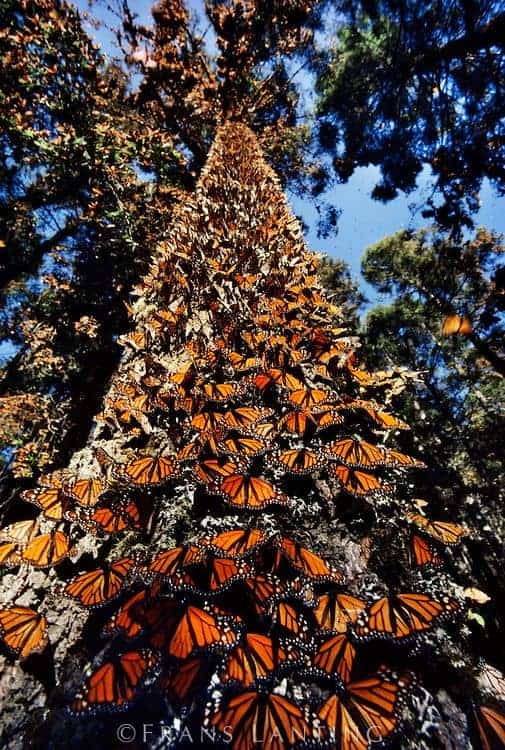
- Zombie crabs have been observed in vast swarms, migrating hundreds of miles across the ocean floor. Red crabs of Christmas Island pursue an overland migration
- Sea turtles from all over the world arrange for a common rendezvous once a year, congregating on beaches in the Caribbean and elsewhere. Their navigation involves geomagnetism, but a larger mystery is how they coordinate their movements.
- Murmuration behavior in starlings has been modeled with local rules, where each bird knows only about the birds in its immediate vicinity; but I find the simulations unconvincing, and believe our intuition on witnessing this phenomenon: that large-scale communication is necessary to explain what we see.
- Monica Gagliano has written about plants’ ability to sense their biological environment and coordinate behaviors on a large scale. This is her more popular book.
4. The Anthropic Coincidences, or the Improbability of Received Physical Laws
For me, this is the mother of all scientific doors, leading to a radically different perspective from the reductionist world-view of post-enlightenment science. Most physicists believe that the laws of physics were imprinted on the universe at the Big Bang, and life took advantage of whatever they happened to be. But since 1973, there has been an awareness, now universally accepted, that the laws of nature are very special, in that they lead to a complex and interesting universe, capable of supporting life. The vast majority of imaginable physical laws give rise to universes that are terminally boring; they quickly go to thermodynamic equilibrium. Without quantum mechanics, of course, there could be no stable atoms, and everything would collapse into black holes in short order. Without a very delicate balance between the strength of electric repulsion and the strong nuclear force, there would be no diversity of elements. If the gravitational force were just a little weaker, there would be no galaxies or stars, nothing in the universe but spread-out gas and dust. If our world had four (or more) dimensions instead of three, there would be no stable orbits, no solar systems because planets would would quickly fly off into space or fall into the star; but a two-dimensional world would not be able to support life because (among other reasons) interconnected networks on a 2D grid are very limited in complexity.
Stanford Philosophy article
1995 book by Frank Tipler and John Barrow
Just Six Numbers by Martin Rees
Most scientists don’t take account of this extraordinary fact; they go on as if life were an inevitability, an accident waiting to happen. But those who have thought about the Anthropic Principle fall in two camps:
The majority opinion: There are millions and trillions and gazillions of alternative universes. They all exist. They are all equally “real”. But, of course, there’s no one looking at most of them. It’s no coincidence that our universe is one of the tiny proportion that can support life; the very fact that we are who we are, that we are able to ask this question, implies that we are in one of the extremely lucky universes.
The minority opinion: Life is fundamental, more fundamental than matter. Consciousness is perhaps a physical entity, as Schrödinger thought; or perhaps it exists in a world apart from space-time, as Descartes implied 300 years before Schrödinger; or perhaps there is a Platonic world of “forms” or “ideals” [various translations of Plato’s είδος] that is primary, and that our physical world is a shadow or a concretization of that world. One way or another, it is consciousness that has given rise to physics, and not the other way around.
If you like the multi-universe idea, you will want to listen to the recent Nobel Lecture of Roger Penrose. He races to summarize his life’s work on General Relativity to end the lecture with evidence from maps of the Cosmic Microwave Background of fossils that came from black holes in a previous universe, before our own beloved Big Bang.
I prefer the minority view, not just because it provides greater scope for the imagination [Anne of Green Gables]; there are scientific reasons that go beyond hubristic disregard of Occam’s razor in postulating all these unobservable universes.
- Quantum mechanics requires an observer. Nothing is reified until it is observed, and the observer’s probes help determine what it is that is reified. Physicists debate what the “observer” means, but if we assume that it is a physical entity, paradoxes arise regarding the observer’s quantum state; hence the “observer” must be something outside the laws that determine the evolution of quantum probability waves. Cartesian dualism provides a natural home for the “observer”.
- Parapsychology experiments provide a great many indications that awareness (and memory) have an existence apart from the physical brain. These include near-death experiences, telepathy, precognition, and clairvoyance.
- Moreover, mental intentions have been observed to affect reality. This is psychokinesis, from spoon-bending to shading the probabilities dictated by quantum mechanics.
Finally, the idea that consciousness is primary connects to mystical texts that go back thousands of years.
Dao existed before heaven and earth, before the ten thousand things. It is the unbounded mother of all living things.
— from the Dao De Jing of Lao Tzu
Please look for my new page at ExperimentalFrontiers.ScienceBlog.com, coming soon.
from ScienceBlog.com https://ift.tt/3mY5Mkc
